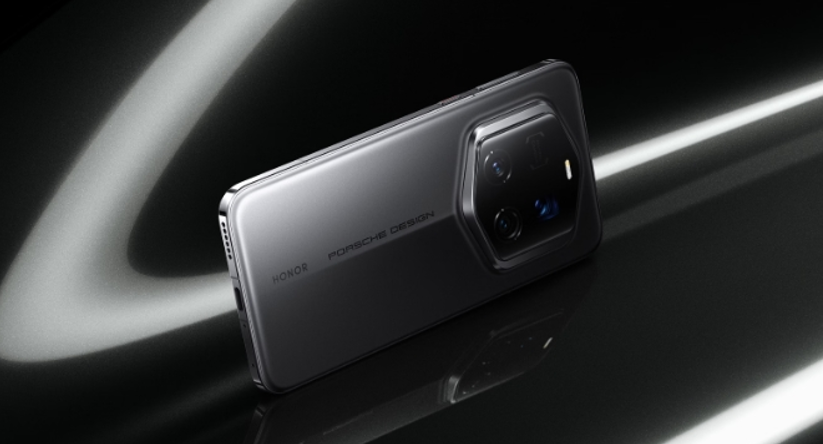When Did Your Phone’s Unlock System Become a Security Risk?

Modern smartphones have transformed unlocking from a security measure into a seamless experience – perhaps too seamless. The average user unlocks their phone 100 times daily, pushing manufacturers to prioritize speed over protection. Biometric authentication methods like fingerprint scanning and facial recognition feel futuristic, but many implementations sacrifice security for convenience. In this article, we’ll examine the real security risks behind popular unlock methods and how to properly protect your digital life without sacrificing usability.
Security Showdown: Popular Unlock Methods Ranked
Passcodes/PINs: Old-School but Most Secure?
Traditional passcodes remain the gold standard for security when implemented correctly. A 6-digit numeric PIN offers 1 million possible combinations, while alphanumeric passwords exponentially increase complexity. The key advantage lies in their binary nature – either you know the code or you don’t. Unlike biometrics, passcodes can’t be replicated from photographs or lifted from surfaces. However, human behavior undermines this strength – 26% of users choose dates or simple sequences like “123456.” Length matters too; adding just two more digits to a 4-digit PIN increases possible combinations from 10,000 to 1 million.
Fingerprint Scanners: How Easy Are They to Fool?
Fingerprint authentication balances speed and security reasonably well, but has notable vulnerabilities. Optical scanners (common in budget devices) can sometimes be fooled by high-resolution fingerprint photos printed on special paper. Ultrasonic scanners (premium models) penetrate deeper into skin layers but may accept partial matches during quick unlocks. Researchers have demonstrated “master fingerprint” attacks that can match multiple users with synthetic prints. Environmental factors matter too – moist, dirty, or worn fingers reduce accuracy, potentially forcing users to register less distinct prints. The greatest risk comes from smudges left on screens; sophisticated attackers can potentially reconstruct prints from these marks. While convenient, fingerprints should never be the sole authentication for sensitive accounts.
See also: Reddit Spell Facebookhatmakertechcrunch
Face ID: Can Photos or Videos Really Bypass It?
Facial recognition systems vary dramatically in security. Basic 2D camera-based systems (common in mid-range phones) can often be tricked with high-quality photos or videos. Advanced 3D systems using infrared dot projectors and depth mapping provide better security, but have limitations. Identical twins may fool some systems, and changes like glasses or facial hair can cause false rejections. The technology struggles with low light conditions, sometimes falling back to less secure 2D recognition. Perhaps most concerning, many users disable required attention checks (like requiring eye contact) for faster unlocks, creating vulnerability to presentation attacks.
Pattern Locks: Why They’re Weaker Than You Think
Pattern locks seem secure but suffer from predictable human behavior. Studies show 40% of patterns start in the top-left corner, and most follow predictable shapes like letters or symbols. Smudge marks on screens often reveal the pattern’s path, especially on OLED displays. The limited 3×3 grid offers only 389,112 possible patterns – far fewer than a 6-digit PIN. Complex patterns become cumbersome, leading users to choose simpler versions. Thermal cameras can sometimes detect recent pattern traces based on finger heat signatures. While better than no lock, patterns rank as the weakest common authentication method. If using patterns, enable “show pattern trail” in settings to prevent overlooking smudge evidence, and regularly clean your screen.
Maximum Security Setup Guide
Creating Uncrackable Passcodes
Truly secure passcodes combine length, complexity, and unpredictability. Avoid dictionary words, dates, or repetitive sequences. Instead, create memorable phrases like “My1stCarWas@1998Toyota!” which offers length, character variety, and personal relevance without being guessable. Enable the “erase data after 10 failed attempts” option if available – this renders brute force attacks impractical. For PINs, disable “make passwords visible” to prevent shoulder surfing. Consider using your phone’s built-in password manager to generate and store complex codes rather than defaulting to memorable ones. Change authentication methods periodically; using the same fingerprint or face for years increases risk of gradual degradation or exposure.

When to Use Multi-Factor Unlocking
Layering authentication methods creates formidable protection without excessive inconvenience. Set your phone to require both fingerprint and passcode for banking apps. Use facial recognition for quick unlocks but require PIN confirmation after 8pm. Many devices support “enhanced confirmation” for sensitive actions like changing security settings. Smart Lock features can maintain security while reducing friction – for example, keeping the phone unlocked when connected to your home WiFi or smartwatch. The key is balancing security with usability; requiring three authentication factors for every unlock would be impractical, but makes sense for financial transactions or factory resets.
Disabling Risky Convenience Features
Convenience features often create security backdoors. Disable “lock screen notifications” to prevent sensitive information from being visible. Turn off “smart unlock” options based on location or Bluetooth devices, which attackers can spoof. Disable USB debugging when not in use to prevent data extraction via physical connection. Review app-specific lock screen permissions – your messaging app shouldn’t show message content on a locked device. Disable voice commands from the lock screen to prevent unauthorized access attempts.
Emergency Lockdown Protocols
Prepare for potential theft or loss with emergency measures. Set up a lockdown mode that temporarily disables biometrics, requiring only your passcode. Enable “find my device” features with remote wipe capabilities. Create an emergency contact shortcut accessible from the lock screen (without compromising security). Know how to trigger instant locking via device-specific methods like power button sequences. Some security apps offer “duress fingerprints” that silently trigger alarms or camera activation when scanned.
The Future of Phone Security
Emerging technologies promise to revolutionize mobile authentication without sacrificing convenience. Under-display cameras may enable continuous facial recognition that monitors for liveness throughout usage. Behavioral biometrics analyze unique patterns in how you hold, touch, and type on your device. Advanced implementations like the HONOR Magic7 RSR 3D Ultrasonic Fingerprint Unlocking combine multiple security layers into seamless experiences. Quantum-resistant encryption will become essential as computing power grows. Perhaps most promising, decentralized identity systems may eventually replace traditional authentication, giving users control over their digital credentials.
Conclusion
Smartphone security needn’t be an all-or-nothing choice between convenience and protection. By understanding the relative strengths of different authentication methods and implementing layered security appropriately, users can achieve robust protection without frustrating lock screen struggles. The best approach combines something you know (a strong passcode), something you are (biometrics), and something you have (your physical device) tailored to your risk profile. Regular security audits – reviewing authentication methods, checking for updates, and removing old fingerprints or faces – help maintain protection over time. With thoughtful configuration, your phone can remain both conveniently accessible and truly secure.




